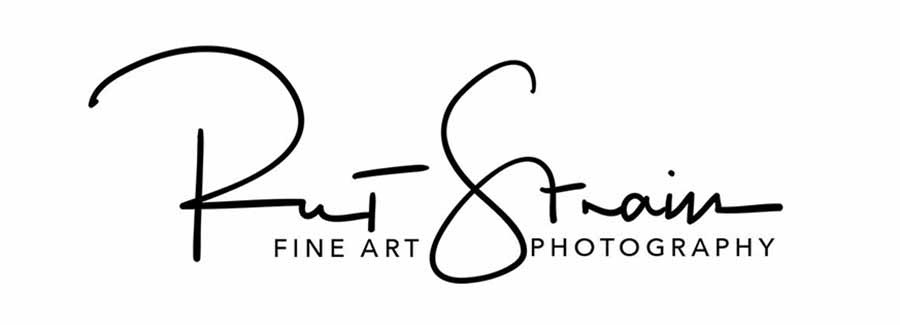Creating Depth with Negative Clarity
A previous article discussed the value of creating depth in your images and described both in-the-field and post processing techniques that help accomplish this goal. This adds a technique to create depth in post processing using the Clarity Slider.
The recent addition of the Object Selection has greatly simplified this technique. Rather than increasing clarity of the main subject, which can make an unnaturally crunchy result, we decrease the clarity of the non-subject areas. Let’s look at some examples.
The first image is a close-up of fragile sandstone. For close-up images, we often use either use focus stacking or a very small aperture (f/16, 2/22) to achieve the maximum depth of field. With focus stacking, we could then selectively remove (hide) the focused layers in front and behind the subject to emphasize the subject with its comparative sharpness. This is a common technique used in flower or insect macrophotography.
The original image, after some contrast editing, appears rather flat. The first step in either Lightroom or Adobe Camera Raw is to use the Masking Tool, and "Select Subject". This gives a rather unclean selection. I have modified the selection using "Add" and "Subtract" feature combined with the "Object Selection" tool and the "Brush" tool. As a reminder, the masks in LR and ACR are actually inverted masks, meaning only the masked area will be affected with your actions.
To affect the non subject areas, we Invert the mask first. Then. the "Clarity Slider" is moved to the left (anti-clarity) until we get the result we want. The finished image has a blurrier foreground and background which artificially has given the subject more depth. The foreground appears to be closer because it is blurred. This is how our eyes actually work. It is impossible for us to keep a near foreground and a more distant area in focus at the same time. Try this with just one eye open if you wish. Also, you may click on the before and after images to more easily see the result.
Here is a landscape image that has a very clear subject. The technique of selecting, then inverting you subject can be done with more complicated subjects (say a tree with branches and leaves), but gets much more time consuming to do the masking. I chose not to darken the bright, somewhat distracting foreground because the contrast provided some of the depth to the image. By reducing the clarity, it gets a bit less distracting. Try this with one of your own images. You may also want to explore what happens if you move the Contrast, Dehaze and Texture sliders to the left.

